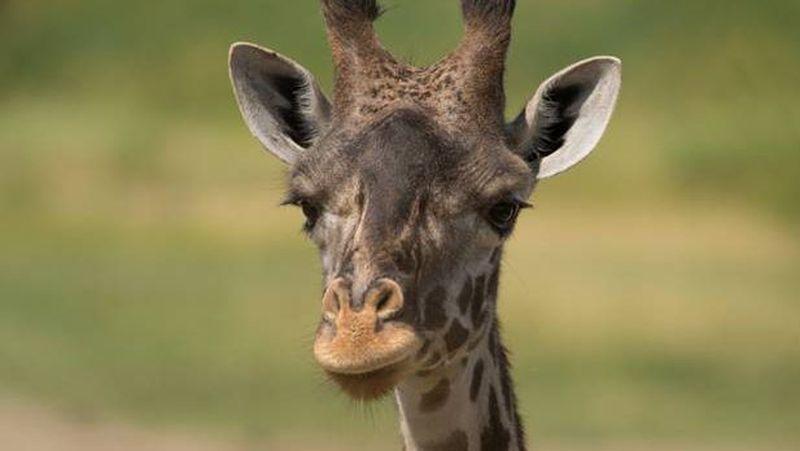The Columbus Zoo in Ohio said that a giraffe died just several days after giving birth to a calf, the zoo said on Dec. 8.
“We want to thank everyone for their support and concern during this difficult time for our team,” it wrote on Facebook.


The Columbus Zoo in Ohio said that a giraffe died just several days after giving birth to a calf, the zoo said on Dec. 8.